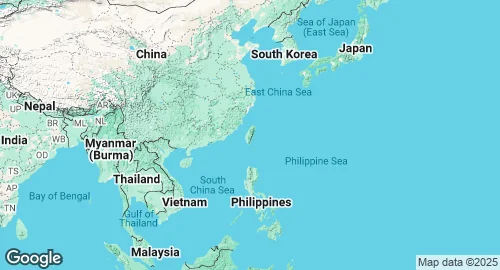Taiwan's strategic position is dominated by the persistent threat of invasion from the People's Republic of China (PRC), which views the island as a rogue province. This overwhelming threat dictates Taiwan's entire military posture, forcing it to maintain a high state of readiness and focus on asymmetric warfare to deter a numerically superior adversary. While it lacks formal diplomatic recognition from most countries, Taiwan receives crucial, albeit unofficial, support from the United States, which serves as a significant deterrent to potential aggression. The nation's economy and technological prowess are key assets, enabling a modern military, but its international isolation presents significant challenges for defense procurement and joint military exercises.
Military Forces
The Republic of China Armed Forces (ROCAF) are comprised of the Army, Navy, Air Force, and a separate Military Police branch. Active-duty personnel number around 169,000, with a large reserve force of approximately 1.66 million that can be mobilized in a crisis. To bolster its standing forces, Taiwan has increased the mandatory military service period for men to one year.
- Army: The army is the last line of defense, equipped with main battle tanks, artillery, and multi-launch rocket systems. Its primary role is to repel an amphibious invasion.
- Navy: The navy's mission is to control the seas around Taiwan and prevent a blockade or landing. Its fleet includes destroyers, frigates, and a growing number of smaller, more agile vessels like corvettes and fast missile boats designed for asymmetric engagements.
- Air Force (ROCAF): The air force is critical for maintaining air superiority and consists of over 700 aircraft, including a significant fleet of F-16V fighter jets. Its ability to deny China air dominance is a cornerstone of Taiwan's defense strategy.
Strategic Trends and Industrial Base
Taiwan's defense strategy is increasingly focused on developing its indigenous defense industry to reduce reliance on foreign arms sales, which are often subject to political pressure from the PRC. This includes the local production of advanced weaponry such as anti-ship missiles, air defense systems, and submarines. The military doctrine emphasizes mobility, precision strikes, and leveraging Taiwan's geographic advantages to create a formidable defense. The ongoing military modernization of the PRC necessitates that Taiwan continuously adapt its defense strategies and capabilities, focusing on credible deterrence through a well-trained, technologically advanced, and resilient force.
